Tesla opened a fire hose of engineering, manufacturing, and battery advancements in their Battery Day event. Not to mention the new Plaid Model S and a future $25,000 electric vehicle. But I think we can break the jam-packed event down into three big takeaways.
To say that there was a lot of anticipation around battery day would be an understatement. I can’t tell you how many times I was asked by someone if they should hold off on buying a Tesla until after battery day, to which my response was always, “no, don’t wait.” The thing I think a lot of people lost sight of was that this was an investor day event, not a product announcement event. Just like the autonomy investor day they held, it was about walking us through the details of what the company is doing behind the scenes. What Tesla actually delivered in this event lined up pretty well with my expectations, but I was way off … like WAY off … on how much of an impact the advancements would have on the bottom line and scalability. And I didn’t expect such a thorough engineering-focused walkthrough of each piece of the puzzle. It probably isn’t a surprise, but I’m a bit of a nerd and kind of ate that stuff up … but let’s keep that between us. That brings me to the first of three big picture take-aways from the event.
First Principles & Innovation
Elon talks a lot about first principles thinking, which challenges assumptions and the standard way of doing things. It’s something they’ve been criticized for in the past by other auto companies and industry experts. Like the criticism around over automating the Fremont factory for Model 3 production, which turned out to be the case and Elon admitted as much. But for me a big takeaway from the event, and theme that ran throughout everything, is first principles thinking and innovation.
Just look at the separate pieces from the event: the new, larger, beer-can-looking 4680 battery cell they made, the tabless electrode on that cell, the dry battery electrode manufacturing, the high speed motion assembly, increasing the use of silicon over graphite, high nickel cathodes and their own cathode factory, sourcing their own raw materials and recycling. It’s a mind-numbing list of improvements … and sounds like a lot of Star Trek technobabble. I can already hear how confused my brother is going to be on our next podcast episode talking about this. Anyway, if you focus in on each one in isolation, they’re impressive … no doubt, but not anything that would shake the industry to its core. But collectively, if Tesla delivers on the promise over the next 1-3 years, they will shake the industry to its core.
Batteries
First things first … that tabless battery electrode design is mind blowing. They did a great job in the presentation breaking down some of the why, but if you want a really in-depth walk through, I strongly recommend checking out a video on The Limiting Factor. Jordan Giesige does a phenomenal job illustrating why the tabless design makes a larger cell possible. It all comes down to creating better pathways for the electrons to move shorter distances compared to traditional tabbed jelly roll designs. Electrons don’t have to move as far and the heat can be dissipated more effectively.
This is the first tabless design like this to ever hit production. Why? Well, the smaller traditional can design has been used for decades1. For their purpose the design has worked really well for years, so there’s been no real need to redesign or rethink it … at least until the advent of EVs that we’re currently in right now, which requires high power output and energy density. Why spend R&D budget to innovate on a design that’s hitting an acceptable cost and performance for smaller applications. That’s obviously not the case anymore, so it’s taken a company like Tesla, that’s highly motivated to accelerate battery performance and cost for electric storage and EVs to make it happen.
But that’s only the structure of the battery and not even talking about the materials or chemistry improvements. Using silicon in anodes is something battery researchers have been working on for decades. And it’s a really tough challenge to overcome. As Elon and Drew Baglino pointed out, it can store 9X more lithium than graphite can, which means more energy storage. But the big challenge is the expansion and contraction of silicon as it charges and discharges, which is obviously something you want to avoid. Not only will it shorten the lifespan, but it could make for a more dangerous battery if not properly controlled. Again, here comes Tesla. Using raw silicon and other materials is kind of ingenious because Tesla is cutting out processing steps in preparing those materials for use, which reduces time and cost. But I still have a lot of questions around how they’re actually doing this. Including silicon in small percentages as part of the graphite mix is something that’s already done, but increasing the amount is the challenge. The only details they provided in the slides was coating the silicon in an elastic, ion-conducting polymer and then binding it all together using an elastic binder. At a high level it sounds like they’ve solved some of the expansion problem with the elastic coatings, but it’s raising so many questions for me. I really hope they release more details about some of the specifics there, but know they probably can’t because of secret sauce level stuff.
And then there’s removal of cobalt from their batteries, as well as the high nickel content cathodes. This isn’t earth shattering news for the industry on its own, but it’s a continuation down a path that Tesla has been on for a long time now. Removing cobalt not only reduces costs, but it also helps to avoid humanitarian issues with cobalt mining in some parts of the world.
The high nickel content image they showed reminded me of the million mile battery research paper that got a lot of the Tesla press excited. One of the highlights from Jeff Dahn’s research group was about using a single crystal cathode to achieve a million mile battery. Many people were expecting a million mile battery announcement for this event, including myself, but we didn’t get it. When Jeff Dahn’s research group released their paper about the million mile battery chemistry they tested, it got misinterpreted by a lot of the press. It was never meant as Tesla’s future chemistry, but was a new guidepost for all battery researchers to benchmark their chemistries against. So many of us were expecting some kind of news around what Tesla was doing in that regard. But the image they showed of the high nickel cathode didn’t look like single crystal to me. The chunks in the image don’t look like one type of crystal, which could mean it’s polycrystalline. Again, not much to go on from one image being studied by a guy who isn’t a material scientist, but I do know that polycrystalline is cheaper to manufacture … and with cost being so important to what was presented it makes sense that it’s probably not a single crystal. There’s a lot more to dive into there, which I’m still trying to do.
Elon did hint that there was more to come, so maybe we’ll get more details about alternate chemistries and what’s going on with the silicon polymer coatings later.
Manufacturing & Engineering
The innovations didn’t just stop at the battery though, and this part is the key part for me with this “first principles” takeaway bucket. They just hammered through so many clever manufacturing and engineering advancements.
Going to first principles thinking made them challenge the norms for how things have been done for years. Details on how they were going to integrate Maxwell Technologies into their manufacturing stack was something I’ve been eagerly waiting for since they announced the acquisition of the company. One of my favorite moments from the presentation was the visualization of the wet electrode process versus the new dry process from Maxwell Technologies. I mean … c’mon … you don’t need an engineering degree to understand how impactful that’s going to be once they’ve perfected the system.
And while this process is still very much a work in progress, the rate of iteration was impressive. They’re already on the fourth revision of the system and are iterating every 3 to 4 months.
As cool as the details on the high-speed continuous motion assembly and formation were, the real highlight from the engineering and manufacturing side was the casting machine and battery cell to pack … or more cell to structure they talked about. This was the clearest example yet of first principles thinking to me and ties back to the Cybertruck. One of the ways they’re keeping the manufacturing costs and weight down for the Cybertruck is with the exoskeleton design. It’s something that’s never been done before for passenger vehicles or trucks, but is something common in airplane design. It’s so cool to see them pull that same approach into the integration of the batteries into the car.
In case you missed the details, they’re integrating the cells as a structural element of the bottom of the car, instead of building cells into modules, and then modules into a pack, and then installing that pack into the car. This pack integration makes the battery part of the car itself. Just like the wing of an airplane that holds the fuel. This was another moment my mind was blown a little bit, but I also had a moment of silence for the right to repair movement. We’ve seen this happen in laptops and mobile devices over the past decade. Less modularity and more streamlined internal designs that add strength and thinness to the device. Apple loves this approach for the iPhones and MacBooks, but it also makes it extremely difficult for third parties or DIY repairs. I’m really curious how this battery integration is going to impact that for cars. In the end I think the pros outweigh the cons since I’d rather have an affordable, lighter weight, and strong car than a more modular approach. The weight they cut out of the car by doing this helps to offset the heavy weight of the battery pack … that’s no small feat.
And finally on the first principles angle is the tighter vertical integration. Sourcing their own lithium in Nevada. Building their own cathode plant. Spinning up their own first party recycling. All of the manufacturing and supply chain logistics are going to not only reduce cost, but reduce delays, keep them more nimble and in control of their own destiny. It’s the antithesis of traditional automotive companies and how they’re organized and structured. The importance of this vertical integration can’t be understated. It’s going to power their ability to iterate and innovate quickly.
Which brings me to the second big takeaway, or bucket, from the event.
Competition
We’ve been seeing some moves from the competition this past year that have shown signs of life. GM’s big battery event in March and the announcement of their Ultium batteries. Before you scoff it off, their announcement gave me a little bit of hope for them. In partnership with LG Chem they came up with a clever design for a very modular battery pack that can power a wide variety of cars and trucks across their lineup. It’s meant to give them the freedom to move between chemistries and energy needs depending on the requirements of a specific vehicle. It shares some similarities to the design principles Tesla showed off during battery day … some. And they’re building their own Gigafactory in Ohio that should produce about 30 GWh of batteries per year when fully spun up.2 VW, as much as you might hate them for diesel gate, has also been showing some really good signs of life for EVs. They’re building out their own battery factories too3, as well as backing research into next-gen battery technologies like solid state.4
While I tip my hat to them for making some moves in the right direction, Tesla just came out and dunked on the entire industry. GM, VW, and others are iterating too slowly and probably felt like they’re catching up to the baseline that Tesla set, but Tesla just moved that line. This ties directly to Tesla’s tighter and tighter vertical integration that they’re building. It gives them the ability to find simple, or deceptively simple, tweaks to the manufacturing and engineering of everything from the batteries to the cars themselves.
Near the end of the event Elon said this:
“We made our patents freely available, we really try to tell these companies, ‘Hey, you really need to do this, or you won’t exist in the future,’ but they don’t believe it. So we’ve talked until we’re blue in the face. What are we supposed to do? But we really are hopeful that other companies will also do what we’re doing and that will make a sustainable future come sooner.” -Elon Musk, CEO
Every auto company out there should be worried right now. Tesla has been delivering on their goals and with this event set their roadmap not just for the next few years, but the next decade. They laid out a blueprint that other companies can copy. Not Gigafactories, but Terafactories. The world needs 20 TWh of battery production a year to meet our needs and Tesla is setting a goal for themselves to be at 100 GWh with internal cell production by 2022 and 3 TWh by 2030. And that doesn’t count third-party battery suppliers they’ll still be using like Panasonic, LG, and CATL. The only way to scale production to that level is with changes like what they walked us through. GM, VW, BMW — fill in whatever company you want — they aren’t thinking at that scale … yet. But hopefully they take some cues from Tesla’s blueprint.
ICE is dead
So the biggest takeaway from the event is what this means for the future of EVs … or more appropriately … what it means for internal combustion engines. They’re dead … well, more like they’re on their death bed. This is the tipping point we’ve been waiting for when it comes to cost and affordability.
There was one slide in the entire presentation that really summed everything up and crystalized the impact this is going to have. When you put together every innovation and change they walked us through, it means a 54% increase in range. A 56% reduction in the cost per KWh. And a whopping 69% reduction in the investment per GWh cost for Tesla. These are not insignificant and none of them are related to a next-gen chemistry that’s trying to come out of the lab stage. They’re already producing these new cells in their test plant and they have the casting machine up and running in Fremont.
We’ve been getting so close to the point where EVs cost the same as an equivalent internal combustion car upfront. EVs are already cheaper when looking at the cost of ownership longterm, but these types of changes are going to bring us right to the tipping point. Once that happens, ICE cars are dead.
Hopefully you didn’t get caught up in the hype too much … some of the predictions got out of control … and weren’t disappointed by the event, because what they talked us through was genuinely amazing. Over time Tesla is really cementing their reputation as an industry leader and innovator. They’re doing in the EV, solar and energy storage space what Apple did to the computer, music, and smart phone space. It’s so exciting to watch this all unfold and for a company with sustainability as their guiding star leading the way.
So what did you think of the event? Jump into the comments and let’s have some fun picking the event apart. I know some of you are far more knowledgeable about this, so really looking forward to hearing your thoughts. And as always a special thank you to all of my Patrons for helping to make these videos possible. I’d like to give a shout out to one of my newer Producers, SR, and a big welcome to new Supporter+ members Mirik Gogri and Geraldine Walsh. If you liked this video be sure to check out one of the ones I have linked right here. Be sure to subscribe and hit the notification bell if you think I’ve earned it. And as always, thanks so much for watching, I’ll see you in the next one



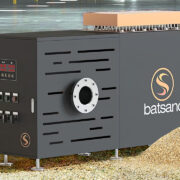
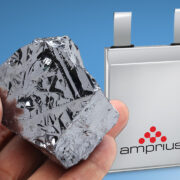

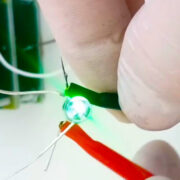
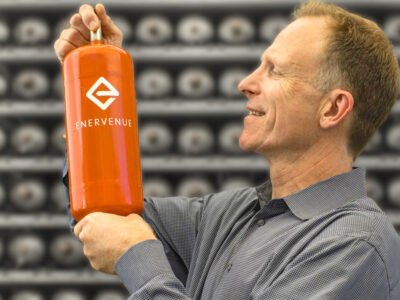
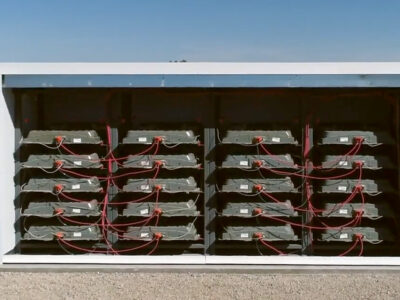

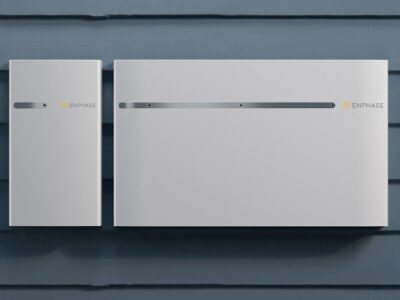


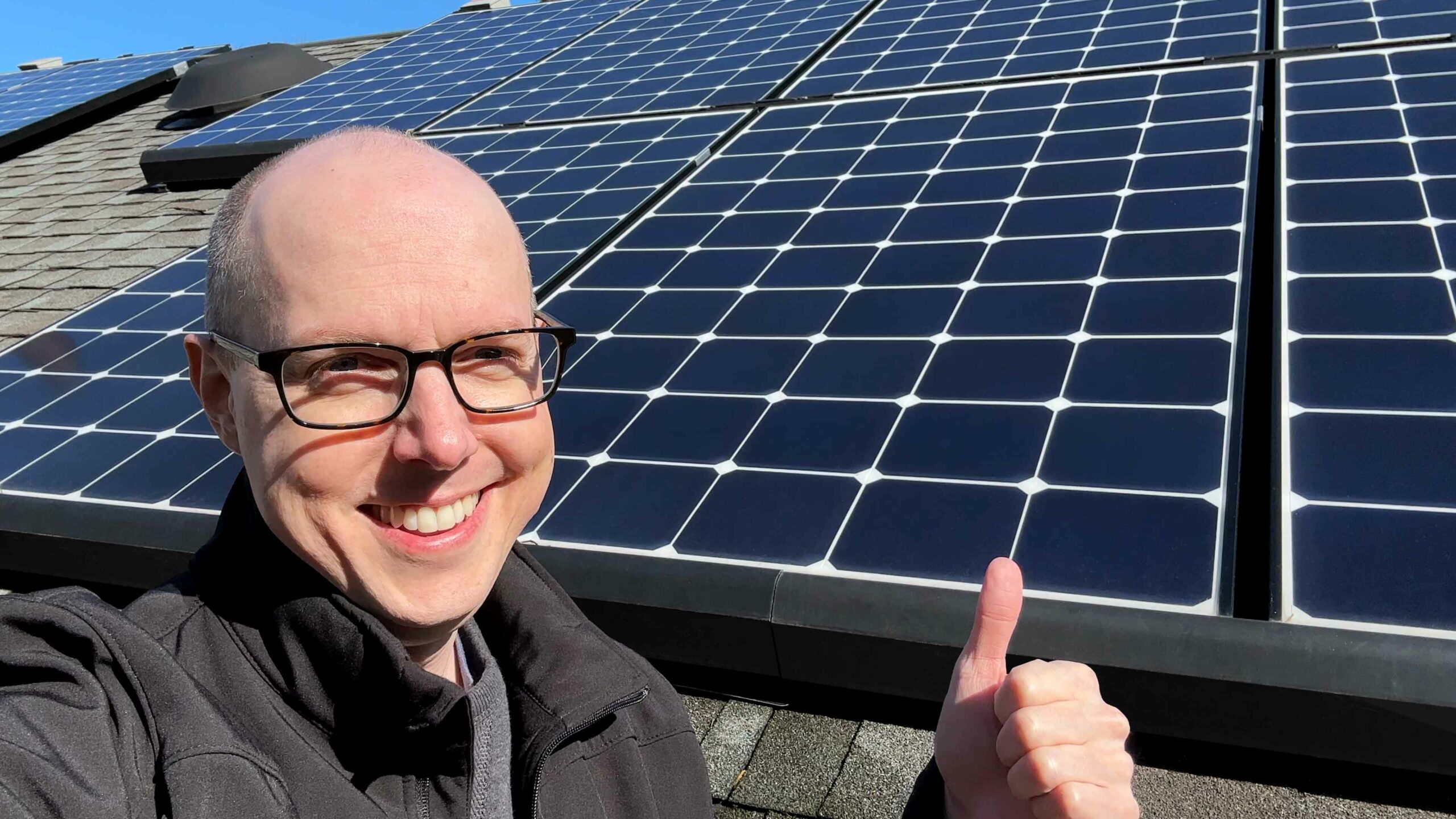
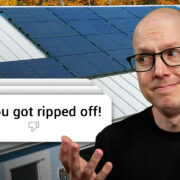
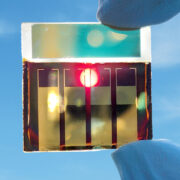
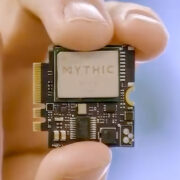
Comments